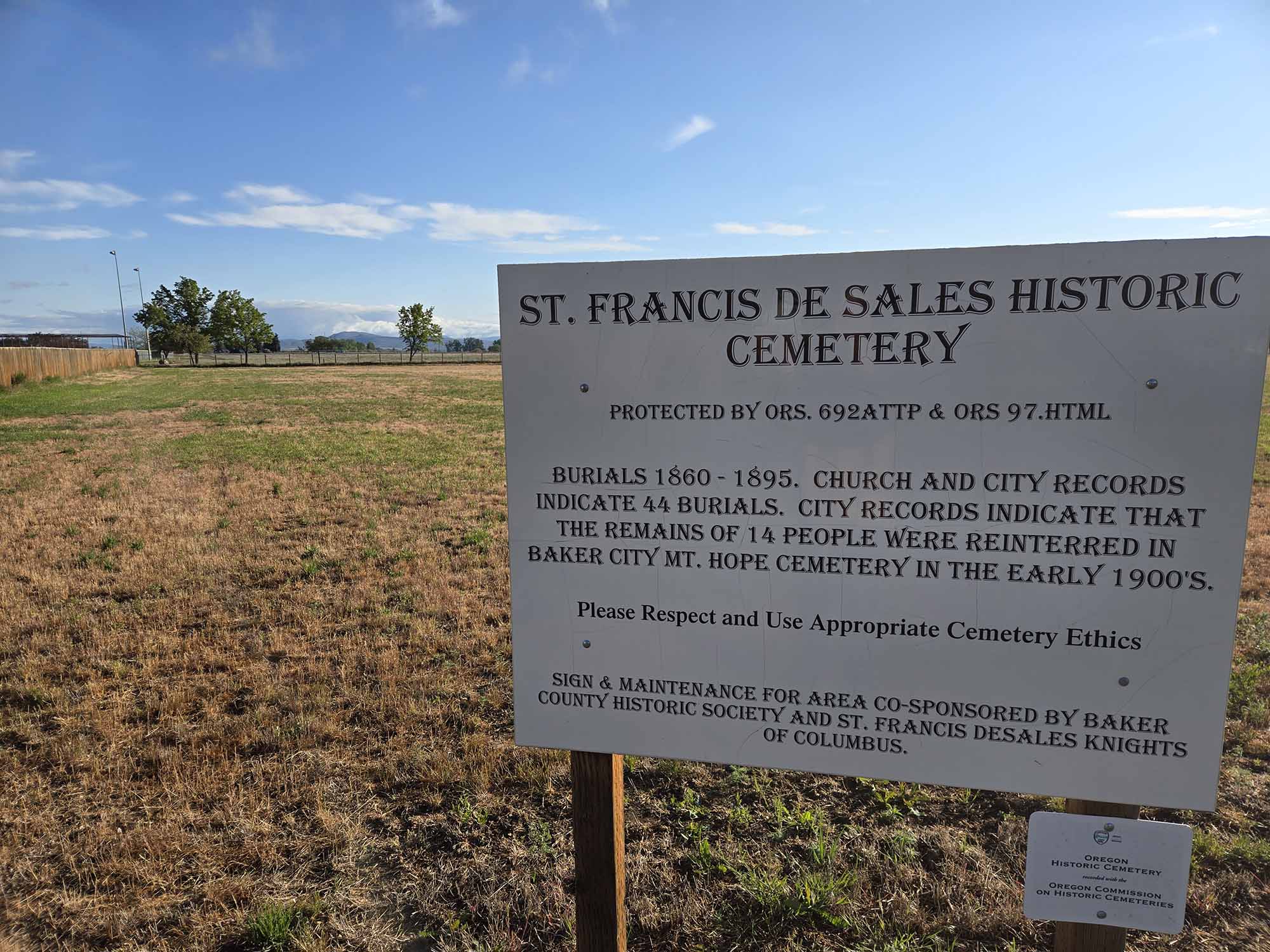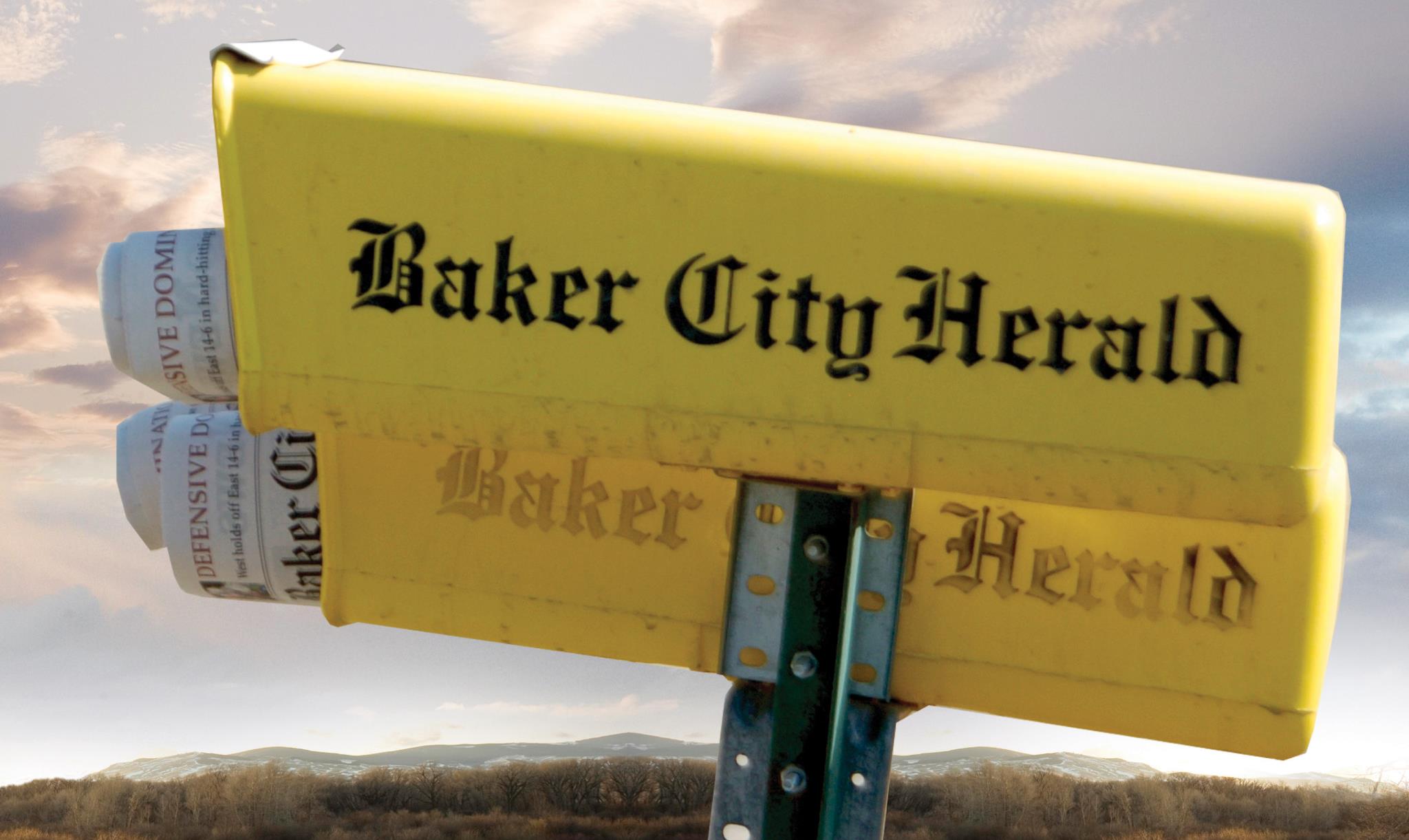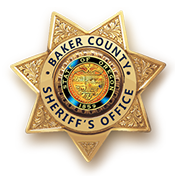Local graduation rates top state average
Published 5:53 pm Friday, February 3, 2012
By CHRIS COLLINS
ccollins@bakercityherald.com
Most Baker County schools recorded a higher four-year graduation rate than the 67 percent state average for the 2010-11 school year, according to statistics released by the Oregon Department of Education.
One big exception was the Huntington School District, which shows a graduation rate of just 23.53 percent, according to ODE. That’s based on the four students who graduated from a 19-student group who started high school together in 2007-08. The statistics compiled by the state show that just two of those students transferred to other districts, leaving 13 unaccounted for.
It took first-year Superintendent Scott Bullock a minute to understand the discrepancy himself, knowing that all four students who were expected to graduate from Huntington High School last year did so.
And then it came to him.
Bullock, who taught social studies in the district for six years before being hired as superintendent this year, realized that the district decided two years ago that it could no longer afford to serve as a boarding school for foreign exchange students, so student numbers dropped off. The exchange students, who came to Huntington for a year from schools throughout the world, were not recorded as having transferred out of the district and so were reflected in the high school’s four-year graduation rate.
Statistics for the county’s other small district, Burnt River at Unity, reflect a more accurate picture of that district’s graduation rate. Five of five who started high school together in 2007-08 earned a regular diploma after four years for a 100-percent graduation rate, according to state department data.
The unadjusted numbers included 12 students who started ninth-grade together, but seven of those transferred out of the district during the four years to bring the adjusted number of students to five.
At Baker High School, 140 of the 194-student group that started ninth grade together in 2007-08 graduated in four years for a rate of 72.16 percent in 2010-11, up slightly from the four-year graduation rate of 71.81 a year earlier.
The Huntington example helps illustrate Baker School District Superintendent Walt Wegener’s belief that the Baker rate is higher than the statistics might indicate.
“The problem is the data management system doesn’t always accurately follow a kid from ninth grade to the 12th grade,” he said. “I think our rate is probably in the mid-80s, but there is not a way in the universe I can prove that.”
Despite the problems with tracking students, Wegener is supportive of the state’s cohort reporting system and believes it will help improve the schools.
“It’s always nice to know where you are so you know what to address and how to get better,” he said.
At Baker High School, that means working to improve community partnerships with the hospital, Blue Mountain Community College and other businesses and agencies to enhance career experiences for students as a way of keeping them engaged in education.
“Everything’s a challenge if the kids don’t stay,” Wegener said. “Kids are looking for a purpose and a reason.”
The district also faces challenges to improve graduation rates in the district’s nontraditional programs, which include Elkhorn Adolescent Treatment Program, the Baker Web Academy, Baker AllPrep and Early College, and this year’s new the EAGLECAP innovative high school.
The overall Baker School District four-year graduation rate for a group of 247 students, which include those who attend BHS as well as the nontraditional programs, also was below the state average at 59.92 percent.
Wegener said work is under way to improve that figure.
“We think we’re getting a handle on it,” Wegener said. “Preliminary reports have been quite positive.”
(This is the first year of operation for EAGLECAP so its numbers are not included in the data).
Wegener says that despite the challenges the new programs bring, he stands behind them as “providing the best services available” to meet students’ needs.
“We’re headed in the right direction,” he said.
The four-year graduation rates are based on the number of students in the group who graduated with a regular diploma in four years – adjusting for those who can be tracked to other programs – divided by the total number of students in the cohort who began their freshman year in 2007-08.
Those who received a modified diploma, GED, adult high school diploma, or alternative certificates, are not included in the statistics, according to ODE.
A five-year rate also was calculated to take into account students who take more than four years to graduate. Statewide that rate was 70.5 percent.
The BHS five-year graduation rate for a group of 179 students was 75.98, according to the Department of Education. At Burnt River that rate remains at 100 percent for a group of eight.
And at Huntington, the five-year graduation rate is 80 percent for a group of five students. The five-year rate shows the Huntington district starting with a group of 30, with 25 transferring out of the district (presumably the exchange students again) resulting in the adjusted cohort of five students, one of whom did not receive a regular diploma after five years.
Here are the graduation rates for schools at Halfway and North Powder:
andbull; Pine-Eagle Charter School at Halfway – Nine of the 12-student group graduated with a regular diploma in four years for a rate of 75 percent, down from the 100-percent rate in 2009-10. The school recorded a 100-percent five-year graduation rate for a group of 20 students.
andbull; North Powder Charter School: Fifteen of the 17-student group received a regular diploma after four years for a rate of 88.24, down from the 92.86 percent rate recorded a year earlier; the school’s five-year rate for a 13-student group was 100 percent.





